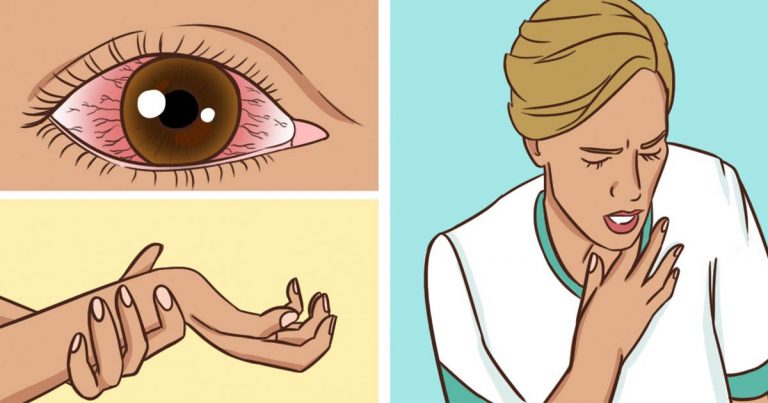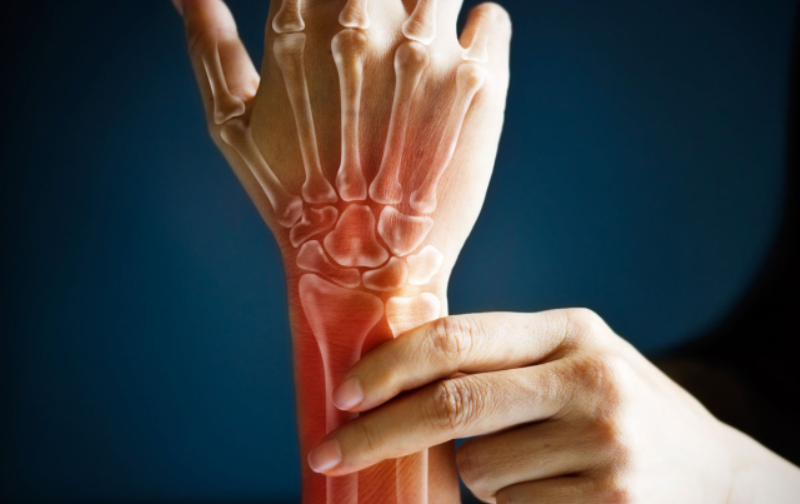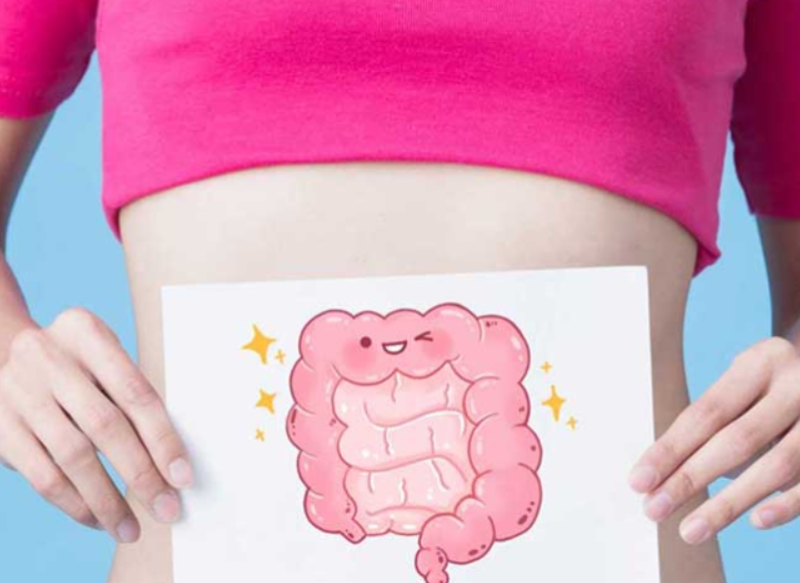Is your roof dripping? How much thought do you give to the moisture in your house? Serious health issues could potentially result from this. Human health is negatively impacted by toxic mold, which can result in a variety of symptoms like rashes, exhaustion, and dizziness.
Unfortunately, a lot of people interpret these symptoms incorrectly since they aren’t even aware that they have been exposed to poisonous mold. Most sufferers think they have a cold, the flu, or an allergy. Mold, mycotoxins, and other air contaminants, according to Dr. Jill, are responsible for 50% of illnesses. In order to avoid the emergence of serious symptoms, it’s crucial to ascertain where mold originates.
Affected areas
Mold develops everywhere, and it doesn’t make any difference between fabric, wood or leather. You can even see it on sheetrock and insulation. It needs moisture and oxygen, which is why it’s commonly found in the following areas:
— Bathrooms and kitchens (under sinks and under refrigerators, dishwashers and washing machines
— Leaky roofs
— Windows (condensation spot)
— Basement and other areas with high humidity
How to spot it?
According to Dr. Mercola, the musty smell will be the first thing you notice. After that, search for bowed floorboards, discoloured carpets, water stains on the walls, and black/white patches.
Types of mold
When there has been water damage, mold might grow there. Dr. Mercola provides a summary of the most prevalent types of indoor mold:
1. Alternaria
It is located in the upper respiratory tract and may cause symptoms similar to allergies.
2. Aspergillus
It thrives in warm, humid climates and is thought to be a typical component of household dust. Lung infections are caused by mycotoxins that Aspergillus releases.
3. Cladosporium
develops on porous surfaces like wood, textiles, and other moist materials. It results in symptoms similar to hay fever and asthma.
4. Penicillium
Wallpaper, textiles, carpet, and fiber glass duct insulation all include it. Allergies and asthma are brought on by penicillium. The most prevalent mycotoxin released by some species is penicillin.
Find out more about: Know When It’s A Cardiac Arrest + 8 Symptoms And Tips To Recovery
5. Stachybotrys
It is poisonous and deadly. Mycotoxins released by black mold can cause major respiratory problems and lung hemorrhage. Although it is not very widespread in houses, it can grow on paper and wood. On concrete, linoleum, or tile, it cannot grow.
Symptoms
Dr. Jill listed several symptoms you should be aware of:
- Fatigue and weakness
- Headache, light sensitivity
- Poor memory, difficult word finding
- Difficulty concentration
- Morning stiffness, joint pain
- Unusual skin sensations, tingling and numbness
- Shortness of breath, sinus congestion or chronic cough
- Appetite swings, body temperature regulation,
- Increased urinary frequency or increased thirst
- Red eyes, blurred vision, sweats, mood swings, sharp pains
- Abdominal pain, diarrhea, bloating
- Tearing, disorientation, metallic taste in mouth
- Static shocks
- Vertigo, feeling lightheaded
If you still can’t tell if your exposed to toxic mold, go through the following questions:
1. Are there any musty odors?
2. Are there any discolored air vents or ceiling tiles? Is there any discoloration in your home?
3. Was your home flooded recently?
4. Are there any leaks in your roof?
5. Do you deal with shortness of breath?
6. Are you diagnosed with recurring sinus infections, respiratory infections of coughing?
7. Do you have any flu-like symptoms?
8. Are your symptoms worse on rainy days?
9. How often do you deal with a headache?
10. Are you tired and are there any rashes on your skin?
Proper treatment
First, stay away from moldy area.
Invest in high-quality air purifier to control the moisture in your home.
Clean moldy surfaces.
If the patch is too large and your symptoms are severe, get a specialist to eradicate the mold. If the mold is black, you should absolutely see a professional.
If you experience any of the symptoms, see a doctor. You can undergo a few tests and get the right care. Avoid setting up a diagnosis on your own. Consult a specialist.
After reading this text you can also read about: How to Flush Gas And Bloating From Your Stomach With Just Four Ingredients



